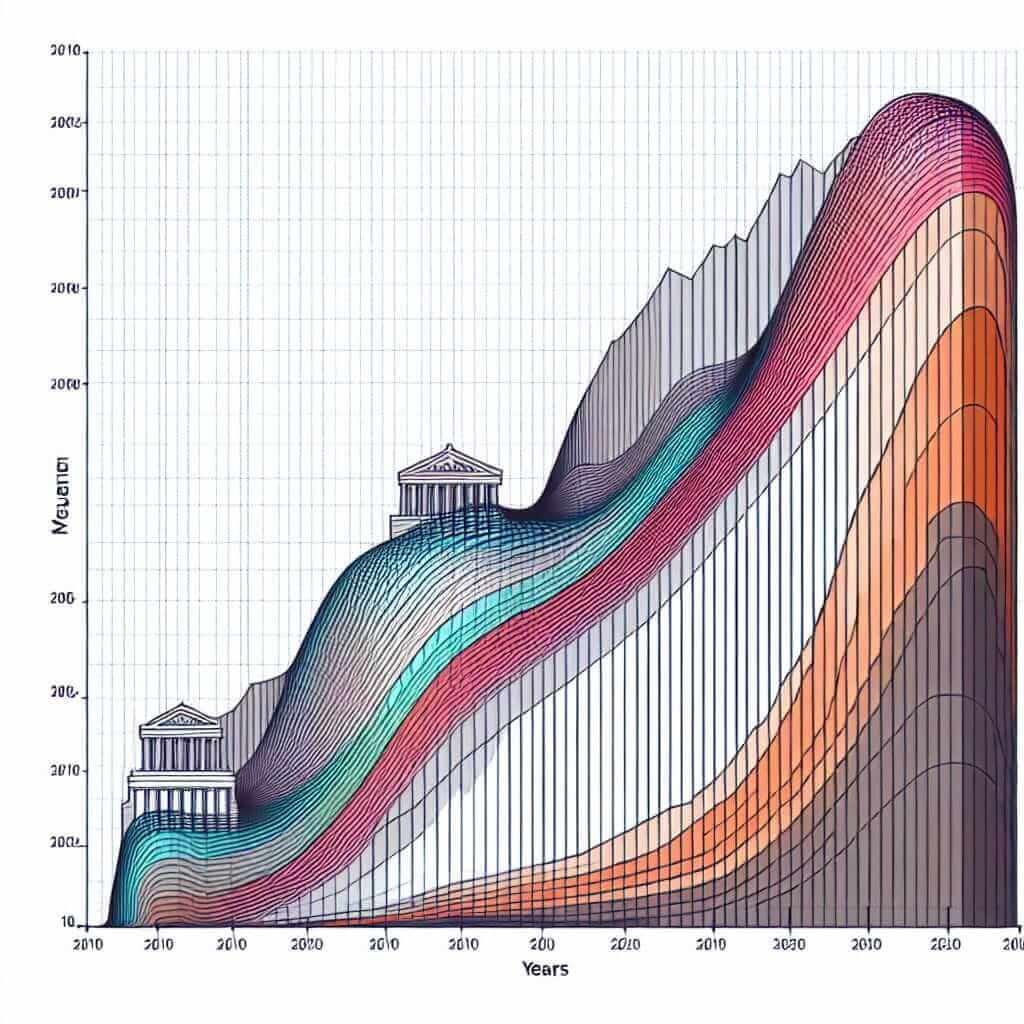For many IELTS test-takers, the task of comparing and contrasting graphs can feel daunting. As an IELTS instructor with over 20 years of experience, I understand this challenge. This comprehensive guide will equip you with the skills and vocabulary needed to confidently tackle graph comparison questions in the IELTS Speaking test.
Why is Comparing Graphs Important in IELTS?
The ability to analyze and articulate trends from visual data is a crucial skill assessed in the IELTS Speaking test. This section evaluates your ability to:
- Interpret Data: Understand the information presented in various graph types.
- Identify Trends: Recognize patterns, changes, and significant points in the data.
- Make Comparisons: Clearly articulate similarities and differences between data sets.
- Use Language Effectively: Employ appropriate vocabulary and grammatical structures to convey your analysis.
Effective Strategies for Comparing IELTS Graphs
1. Understand the Graph
Before you begin speaking, take a moment to fully comprehend the graph. Identify the following:
- Type of Graph: Is it a line graph, bar chart, pie chart, or table?
- Axes: What do the x and y axes represent? What are the units of measurement?
- Key/Legend: What do the different colors or symbols signify?
- Time Period: What time frame does the graph cover?
2. Identify Key Trends and Features
Don’t aim to describe every single detail. Focus on the most significant trends and differences. Look for:
- Overall Trends: Is there a general upward or downward trend?
- Significant Changes: Are there any dramatic increases or decreases?
- Highest and Lowest Points: What are the peak and trough values?
- Similarities: What similarities exist between different data sets?
- Differences: Where do the data sets diverge?
3. Utilize Comparison Language
Using a wide range of vocabulary to express comparisons is essential for a high score. Here are some examples:
For Similarities:
- Similarly, …
- Likewise, …
- In the same way, …
- Both … and … show …
For Differences:
- In contrast, …
- However, …
- While … , …
- … is significantly higher/lower than …
For Describing Trends:
- Increase: rise, climb, surge, soar, escalate
- Decrease: fall, decline, drop, plummet, plunge
- Fluctuate: vary, oscillate, be volatile
- Remain Stable: stabilize, remain constant, level off
4. Structure Your Response
A well-structured response demonstrates your ability to present information logically. Follow this framework:
- Introduction: Briefly state what the graph shows (e.g., “This bar chart illustrates the sales figures for three different products over a five-year period.”)
- Overview: Highlight the most striking trends or differences (e.g., “Overall, it is clear that Product A has shown the most significant growth, while Product C has experienced a steady decline.”).
- Detailed Comparison: Compare specific data points, using appropriate comparison language (e.g., “In 2018, sales of Product A were relatively low, similar to those of Product B. However, by 2022, Product A sales had surged dramatically, surpassing Product B by a significant margin.”)
- Conclusion: (Optional) Provide a concise summary of your observations.
Example from an IELTS Graph
Let’s analyze an example using a line graph:
The line graph shows the number of visitors to two different museums between 2010 and 2020.

Sample Response:
“This line graph depicts the visitor figures for two museums over a decade. As a general trend, both museums experienced growth in visitor numbers, although Museum A consistently attracted more visitors than Museum B. In 2010, Museum A welcomed approximately 200,000 visitors, compared to around 100,000 for Museum B. By 2020, Museum A’s figures had climbed to 350,000, while Museum B saw a more modest increase to 200,000. However, it is noteworthy that Museum B experienced a period of rapid growth between 2015 and 2018, where visitor numbers almost doubled.”
Tips for Success
- Practice Regularly: Familiarize yourself with various graph types and practice analyzing and comparing them.
- Record Yourself: Speaking aloud and listening back will help you identify areas for improvement in your fluency and accuracy.
- Expand Your Vocabulary: Make a list of comparison words and phrases and practice using them naturally in your speech.
- Focus on Fluency and Coherence: Speaking smoothly and connecting your ideas logically is crucial for a good score.
Conclusion
Mastering the art of comparing graphs is an achievable goal with focused practice and the right strategies. Remember to analyze the graph carefully, identify key trends, utilize comparison language effectively, and structure your response coherently. By following these tips, you’ll confidently tackle the IELTS Speaking test and be well on your way to achieving your desired score.